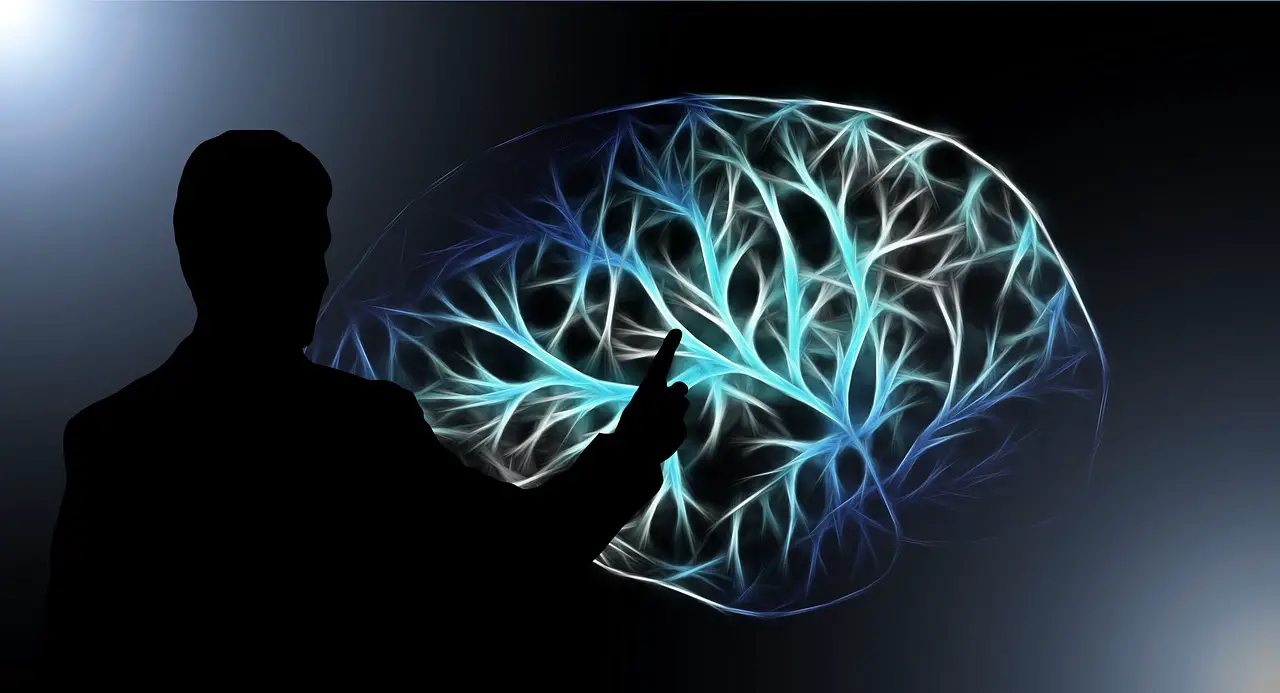
New technologies have been developed in recent years that allow a more in-depth study of the brain. The knowledge that the research provides allows us to better understand how our perceptions of reality itself are shaped, and also how so many of the problems that beset us in life- from aging and illness to genetic conditions and mental impairment- can be linked to the brain and possibly alleviated through a better understanding of how it functions.
Mind over matter
The technology now exists to connect external devices to our brains. By using trained algorithms to interpret the patterns of our brain waves concerning our intentions they allow us to control machines by mind power alone. Ultimately, disabled people may be able to operate wheelchairs, cars or household appliances just by thinking about what they want the device to do.
This technology can also be used to analyze changes in the brain in order to understand its functions. In practical terms, such techniques could be used to predict the onset of degenerative conditions so that steps can be taken to either halt them or minimize their impact.
A better picture
Brain scans play a vital role in the treatment of many severe medical conditions. Understanding how the brain works has helped with the treatment of Alzheimer’s disease in the elderly and schizophrenia in the young. The basis of the technology used for this is in mathematical research. Vangelis Marinakis is an associate professor of mathematics at the University of Patras, part of the technological educational institute of Greece. He has co-authored several influential papers on the study of brain activity and has worked with Thanasis Fokas at Cambridge University to develop imaging techniques based on interpreting human brain activity.
Neural activity produces electrical currents in the brain, and doctors and scientists can monitor the currents to map brain waves. The mathematically derived techniques developed by Marinakis and others are used to convert these signals into useful information. One technique used is magnetoencephalography (MEG), which monitors variations in the external magnetic field around the skull caused by electrical currents in the brain.
Man and machine
The Swiss Federal Institute of Technology in Lausanne is working on a digital brain-spine interface to reverse paralysis and restore movement for those suffering from spinal injuries. Researchers have had great success with monkeys, and it is hoped that human trials will be authorized soon.
Virtual reality can also be used to study how the brain interprets the world we perceive around us. Scientists have long known that what we perceive as “the real world” is, in fact, an incredibly detailed simulation created by our brains, based on the input of our sensory organs. We also interpret that information to arrive at our perception of what is real.
Virtual reality shows us just how much we accept the evidence of our senses as real, even if we rationally know otherwise. A study at the University of Southern California showed how subjects given the illusion of extra-long arms behaved accordingly, while those given the perspective of a child acted in a childlike manner.
Machine learning
A key tool in most of the research is machine learning– a form of artificial intelligence that learns and adapts according to its experiences. That is to say, it mimics how the human mind works. The technology is already in use for innovations like driverless cars, but it can also be used to help neuroscientists understand the human brain. One way that this can be achieved is through big data
analysis. Machine learning programs can sift through a massive amount of data gleaned from brain scans in search of patterns and connections.
Looking more closely
Neuroimaging techniques combine MRI with EEG scanning to observe in real time how the brain functions while the individual is undertaking different kinds of activity- for instance, reading a book, exercising or playing music. The effect of different drugs or substances upon the brain can also be studied in this way.
Simulacra of the human brain under different conditions can then be created, and by generating digital reconstructions of neural pathways, we can study a machine learning model of the human mind as it grows and learns from new experiences. The benefits of such a model could be startling and far-reaching.
The human brain is a fascinating and complex machine, but it is also much more than a machine. Understanding it presents the problem that we are using the brain to study the brain: can we truly ever see ourselves? Technology, either to conduct the studies or to create an external model that mimics how the brain works, can increase our understanding and our ability to perceive our inner workings immensely. The future benefits of the research could be enormous.










